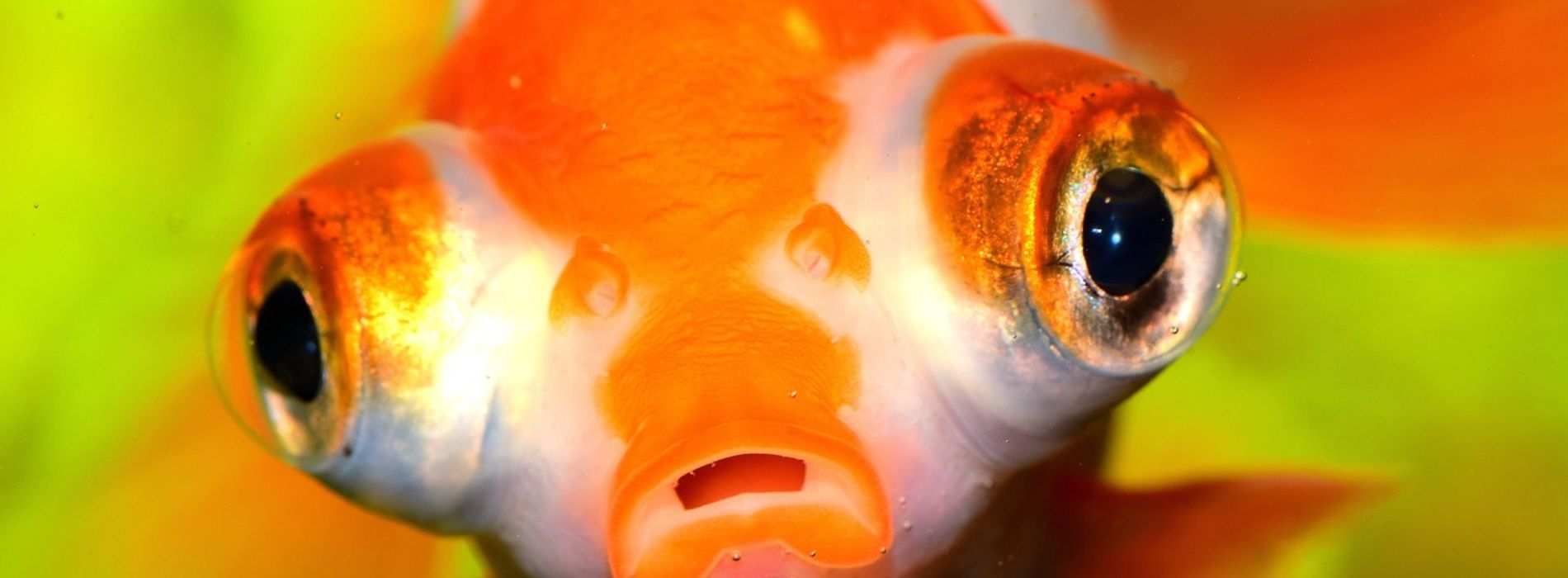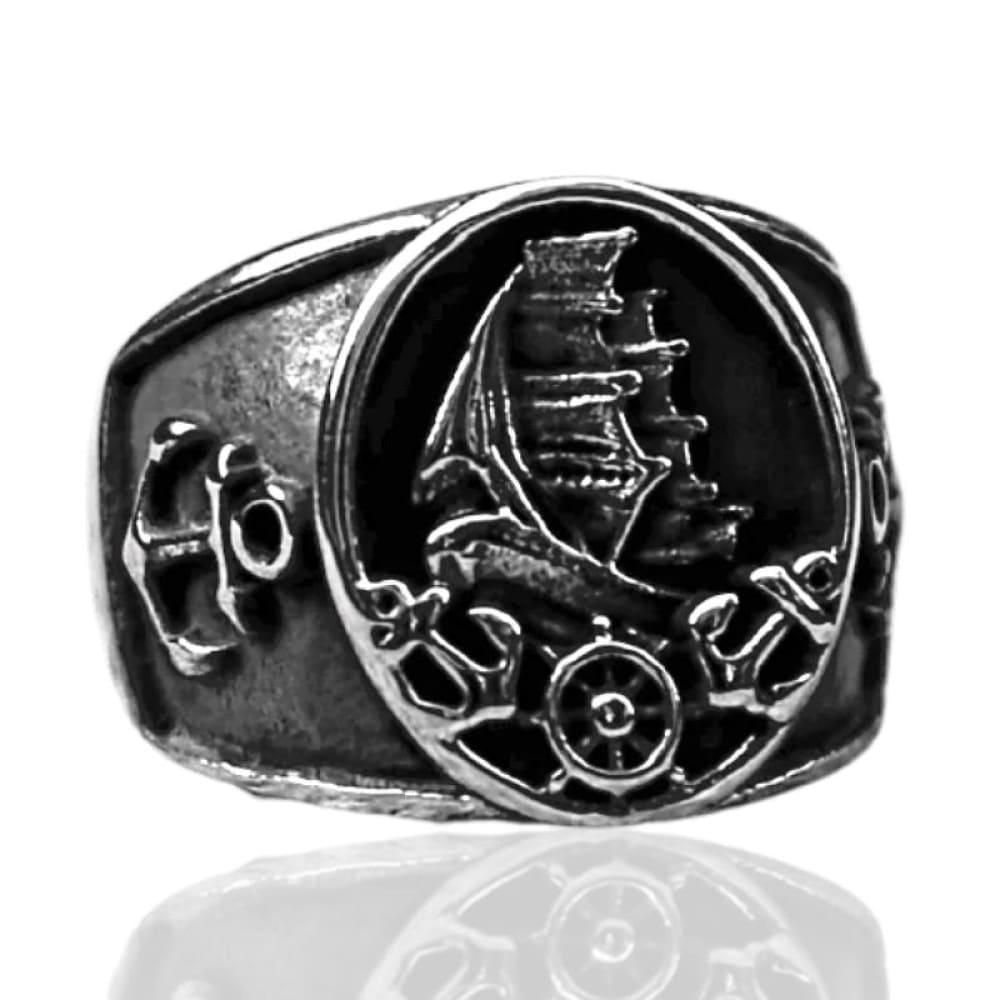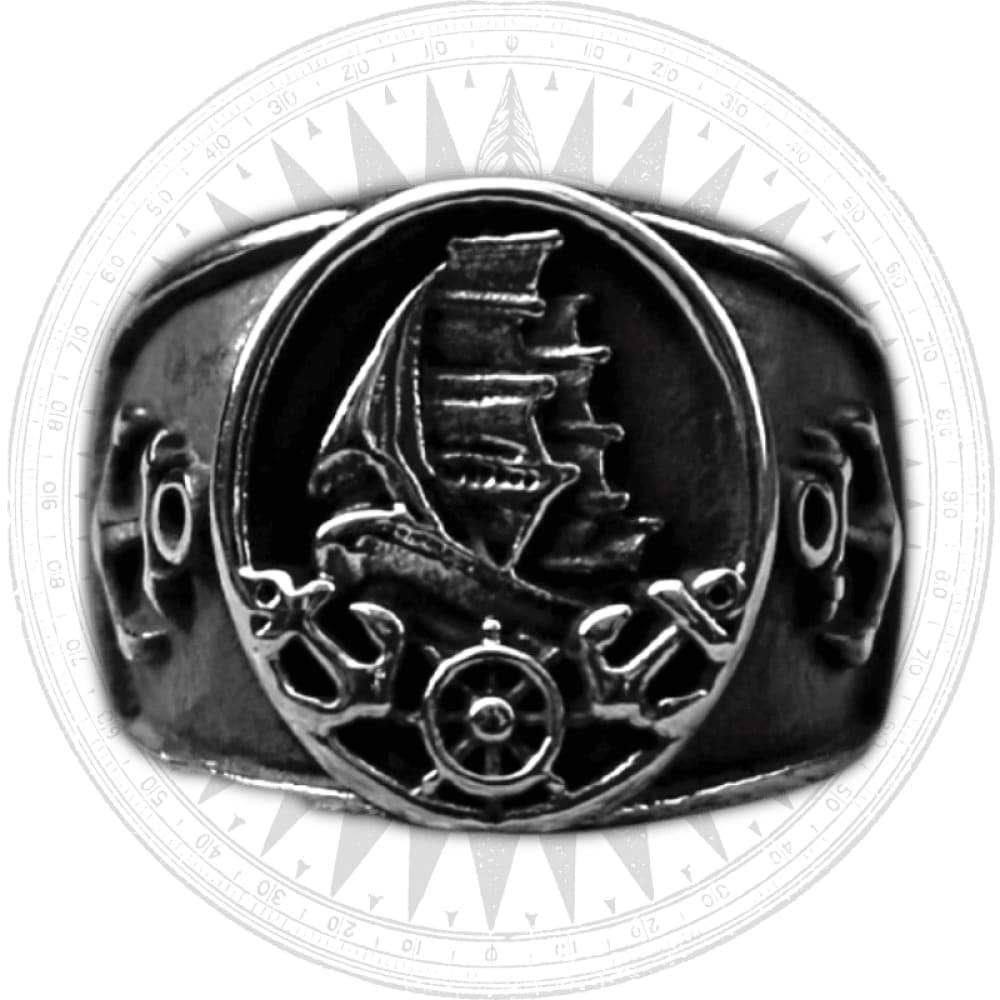Welcome to the enchanting world of the goldfish telescope eye! These mesmerizing creatures have captivated humans for centuries with their unique appearance and graceful movements. With their protruding eyes and elegant fins, these fishes bring a touch of magic to any aquarium or pond. In this article, we will explore its origin and history, also delve into its fascinating characteristics and variants, and learn how to care for these beautiful creatures. So, let's dive into the depths and uncover its secrets!
Table of Contents
- Introduction
- The Origin and History
- Description of the Goldfish Telescope Eye
-
Variants of the Goldfish Telescope Eye
- Black Moor
- Panda Telescope
- White Telescope
- Fascinating Facts and Characteristics
- Caring for Goldfish Telescope Eye
- Symbolism and Cultural Significance
- Our last words...
The Origin and History

This goldfish has a rich history that traces back to ancient China. It is believed that these captivating creatures were first developed in the early 1700s, where the trait of protruding eyes was referred to as "dragon eyes." The Chinese people were fascinated by the mystical appearance of these fish and began selectively breeding them to enhance their unique features.
Over time, this creature made its way to Japan and other parts of the world, captivating the hearts of fish enthusiasts everywhere. The Japanese embraced these fish and gave them the name "telescope eye" due to their distinct eye shape. Today, the goldfish telescope eye is cherished by fish keepers around the globe for its elegance and beauty.
Description of the Goldfish Telescope Eye
It is a fancy goldfish breed known for its protruding eyes. These eyes are the defining feature of this captivating creature, giving it a distinctive and enchanting appearance. The eyes of the telescope goldfish can be round and prominent or elongated and slender, resembling the shape of a telescope. The eye shape may vary depending on the specific variant.

In addition to their mesmerizing eyes, it has a deep body and long flowing fins, which add to its graceful and elegant presence. The body of the telescope goldfish can come in a variety of colors, including black, orange, red, white, and calico. Each color variation adds its own unique charm to these enchanting creatures.
Variants of the Goldfish Telescope Eye
This goldfish family comes in various captivating variants, each with its own distinct characteristics and beauty. Let's explore some of the most popular variants:
Black Moor

The Black Moor is a black variant of the goldfish telescope eye with a characteristic pair of protruding eyes. These black telescopes are commonly known as Black Moors or Blackamoors, referring to their dark coloration. The Black Moor goldfish is believed to have originated in China in the 1400s and later made its way to Japan and the United States. These fish have a deep body and long, flowing fins, similar to the fantail goldfish. While young Black Moors resemble bronze fantails, their black coloration and eye protrusion develop with age. The Black Moor goldfish is highly sought after for its unique and striking appearance.
Panda Telescope

The Panda Telescope is a variant of the telescope eyes family with a captivating black-and-white color pattern. These fish have the characteristic protruding eyes of the telescope goldfish, which add to their charm and allure. Young Panda Telescopes resemble bronze fantails, and their protruding eyes gradually develop with age. They sport a velvety appearance in maturity, but their coloration may change with time. Some Panda Telescopes may become orange and white or exhibit other color combinations. Panda Telescopes are known for their unique and eye-catching coloration, making them a favorite among fish enthusiasts.
White Telescope

The White Telescope is a white variant of the goldfish telescope eye characterized by a solid white body and protruding eyes. These fish have a pure white coloration that contrasts with the black variant, the Black Moor goldfish. Young White Telescopes resemble bronze fantails, and their brown coloration decreases while eye protrusion develops with age. White Telescopes can grow up to a length of 6 inches and, like other telescope goldfish, have poor vision due to their large eyes. While not as popular as the Black Moor or Panda Telescope, White Telescopes are admired for their elegance and striking appearance.
Facts and Characteristics about Telescope Goldfish
- This fish is a type of fancy goldfish, which refers to selectively bred goldfish with unique and captivating features.
- They are known for their tranquil and graceful swimming movements, bringing a sense of peace and tranquility to any aquarium or pond.
- These creatures have a lifespan of 6 to 25 years, depending on various factors such as water quality, diet, and overall care.
- The protruding eyes of the telescope goldfish can grow quite large, enhancing their mystical appearance.
- Despite their impaired vision, they are able to adapt and navigate their surroundings with ease.
- These Goldfishes come in a wide range of colors and patterns, allowing fish keepers to choose their favorite and create stunning aquatic displays.
- These fish are hardy and can withstand a wide range of temperatures, making them suitable for both indoor and outdoor ponds.
- They are social creatures and thrive in the company of other fancy goldfish varieties.
- This creature has inspired countless works of art and has become a symbol of beauty, elegance, and tranquility.
Caring for Goldfish Telescope Eye

Caring for them requires attention to their specific needs to ensure their health and well-being. Here are some essential care tips:
-
Aquarium Size: Provide a spacious aquarium or pond to accommodate their growth. A minimum tank size of 20 gallons is recommended for a single fish, with an additional 10 gallons per additional fish.
-
Water Quality: Maintain excellent water quality by regularly testing the water parameters and performing partial water changes. They are sensitive to ammonia and nitrite levels, so a reliable filtration system is crucial.
-
Temperature and Lighting: Keep the water temperature between 65°F and 75°F (18°C to 24°C) for optimal health. Provide adequate lighting in the aquarium, but avoid direct sunlight, as it can cause algae growth and temperature fluctuations.
-
Diet: Feed a balanced diet of high-quality goldfish pellets, flakes, and occasional treats such as freeze-dried or live foods. Avoid overfeeding, as these fishes are prone to obesity, which can lead to health problems.
-
Tank Decorations: Create a stimulating environment with plants, rocks, and other decorations, ensuring there are no sharp edges that could harm the delicate fins of the goldfish telescope.
-
Water Parameters: Maintain stable water parameters, including a pH level between 6.5 and 7.5 and a water hardness of 6 to 12 dGH. Regularly test the water and adjust as necessary.
-
Compatibility: These fishes are generally peaceful, but they can be slow swimmers due to their impaired vision. Avoid keeping them with faster, more aggressive fish that may outcompete them for food.
-
Regular Monitoring: Keep a close eye on their overall health, observing any signs of illness such as lethargy, loss of appetite, or abnormal behavior. Promptly address any health concerns with appropriate treatments.
Remember, providing a clean and well-maintained environment, a nutritious diet, and regular care will help ensure the longevity and vibrant beauty of your goldfish telescope eye.
Symbolism and Cultural Significance

The goldfish telescope eye holds deep symbolism and cultural significance in various traditions around the world. Here are some of the symbolic meanings associated with these enchanting creatures:
-
Prosperity and Abundance: In many cultures, goldfish are believed to bring good luck, wealth, and abundance. Their vibrant colors and graceful movements evoke a sense of prosperity and harmony.
-
Wisdom and Enlightenment: The goldfish's association with water, a symbol of knowledge and wisdom, connects it to the pursuit of enlightenment and spiritual growth.
-
Transformation and Adaptability: These fishes undergo a mesmerizing transformation from their early stages to adulthood. This metamorphosis symbolizes personal growth, adaptability, and resilience.
-
Peace and Tranquility: Watching their graceful movements can have a calming effect, promoting a sense of peace, tranquility, and serenity.
-
Beauty and Elegance: Theses goldfishes are admired for their exquisite beauty and elegant presence. They have inspired artists, poets, and writers throughout history, symbolizing grace and refinement.
In many cultures, goldfish are considered auspicious creatures and are often associated with positive attributes. They are cherished for their captivating beauty and bring a sense of joy and serenity to those who admire them.
If you want to learn more about the fascinating goldfish family, click here !
Our last words...
The goldfish telescope eye is a creature of enchantment and beauty, captivating fish enthusiasts worldwide with its unique appearance and graceful movements. Originating from ancient China, these mesmerizing fish have a rich history and hold deep symbolism in various cultures. Whether you choose the striking Black Moor, the captivating Panda Telescope, or the elegant White Telescope, caring for these creatures requires attention to their specific needs and a commitment to creating a nurturing environment.
We hope you've liked this article about the Telescope Eye Goldfish!
Feel free to subscribe to our private newsletter to receive more exclusive article. You will also receive a 10% bonus discount for our sea world catalogue. You will be notified via email whenever we release a new wonderful jewelry piece of the ocean.
Feel free also to go check out our website, we provide the best sea content and we offer you the best nautical jewelry all around the globe !





















